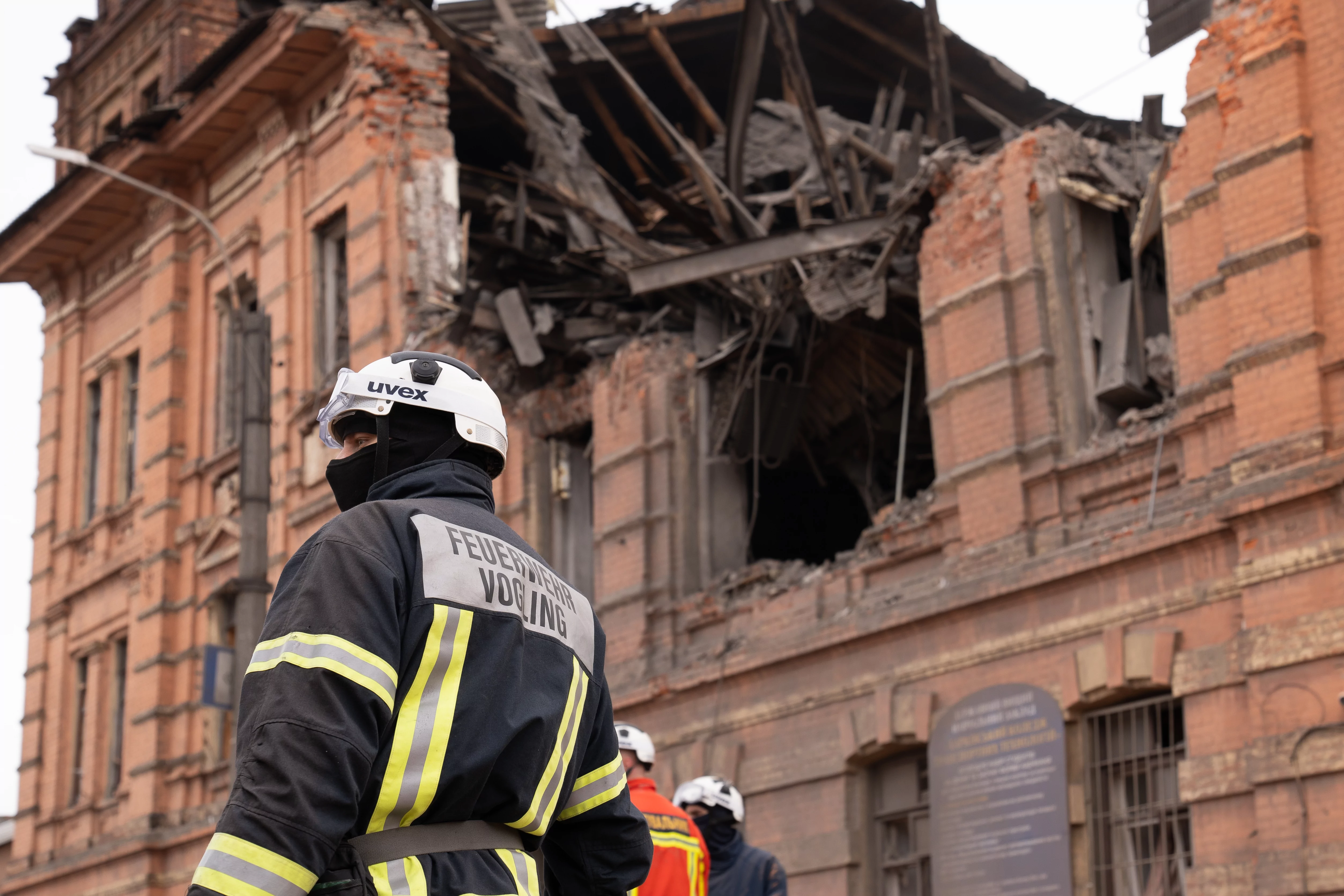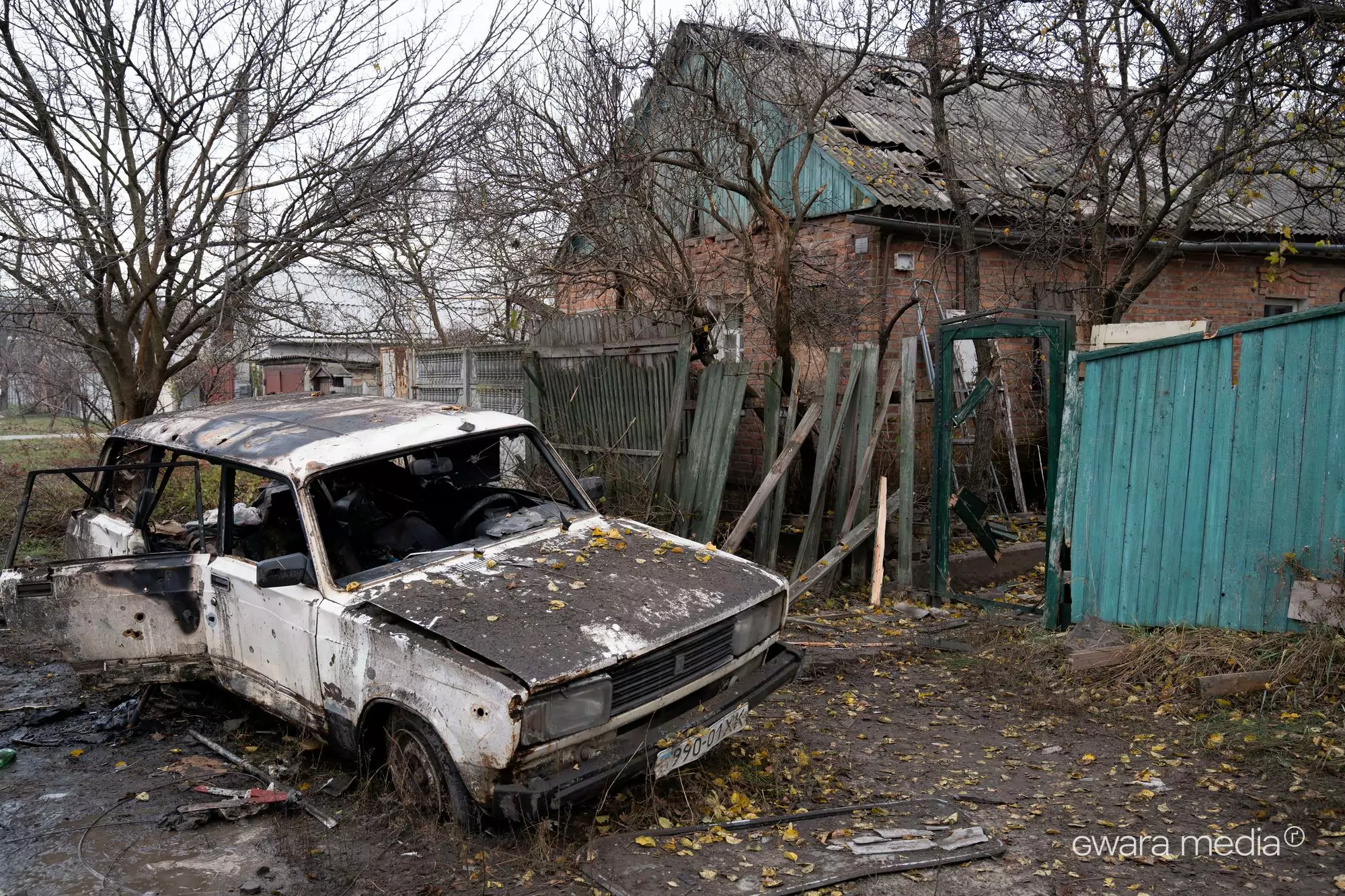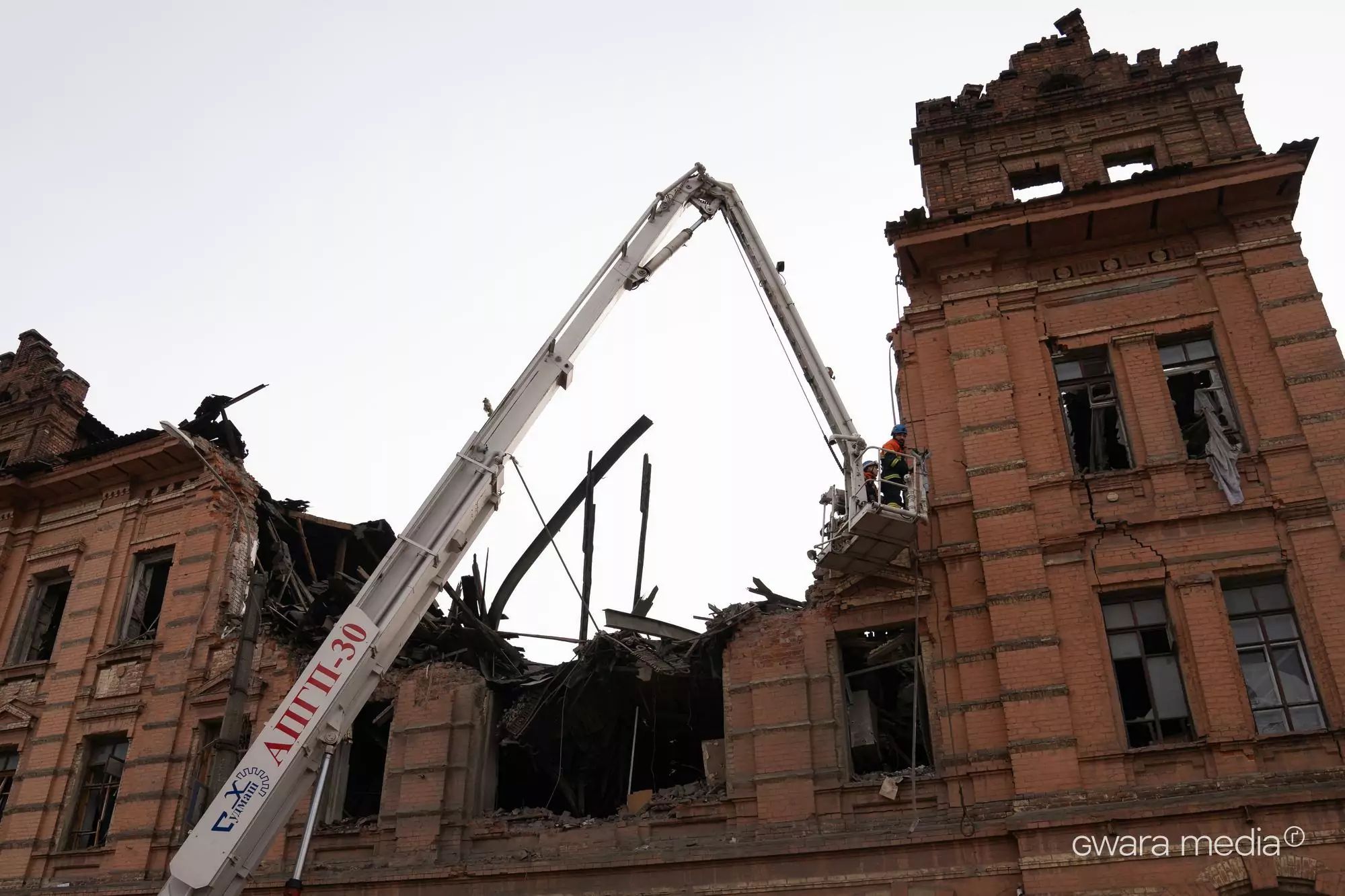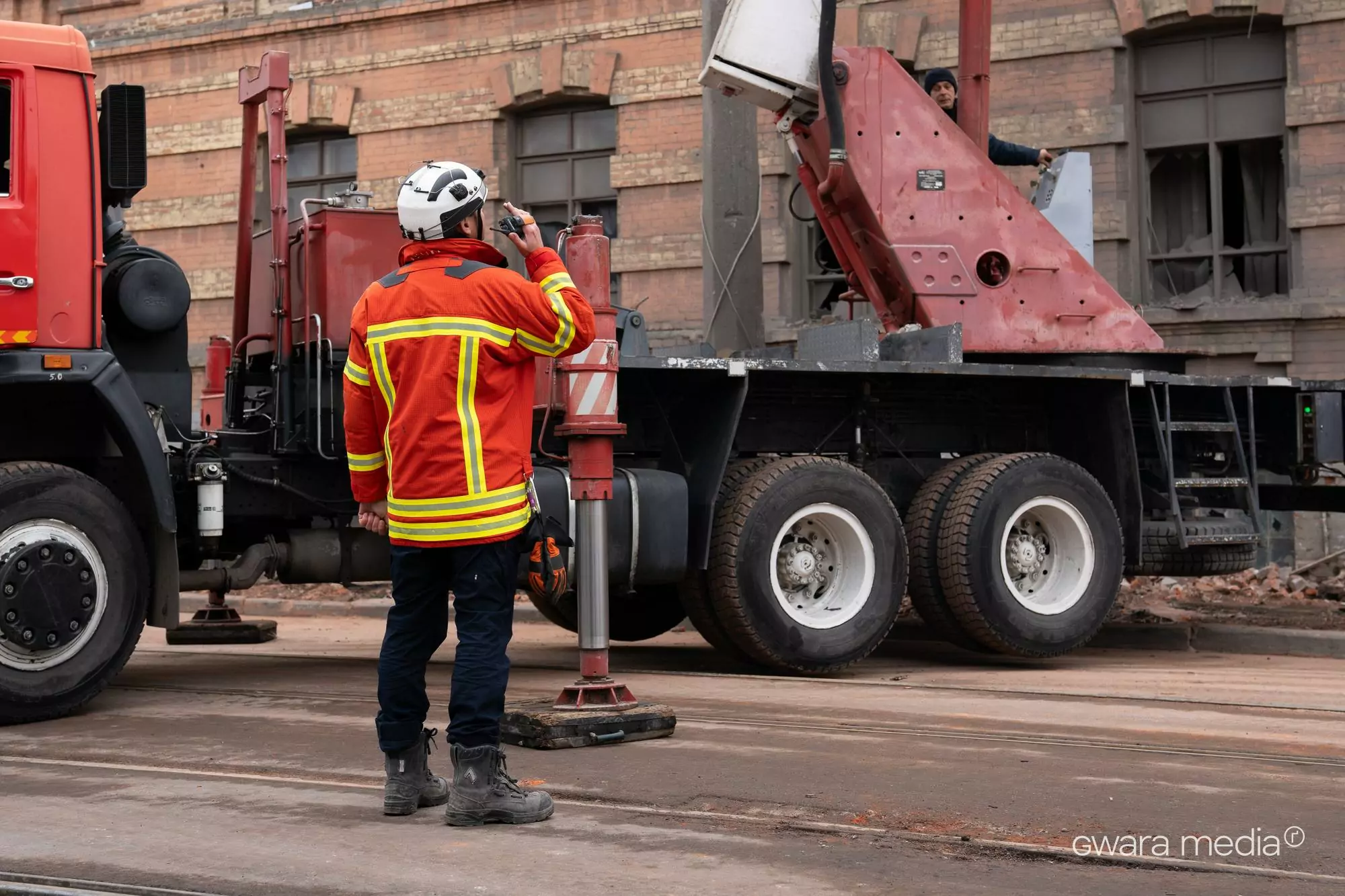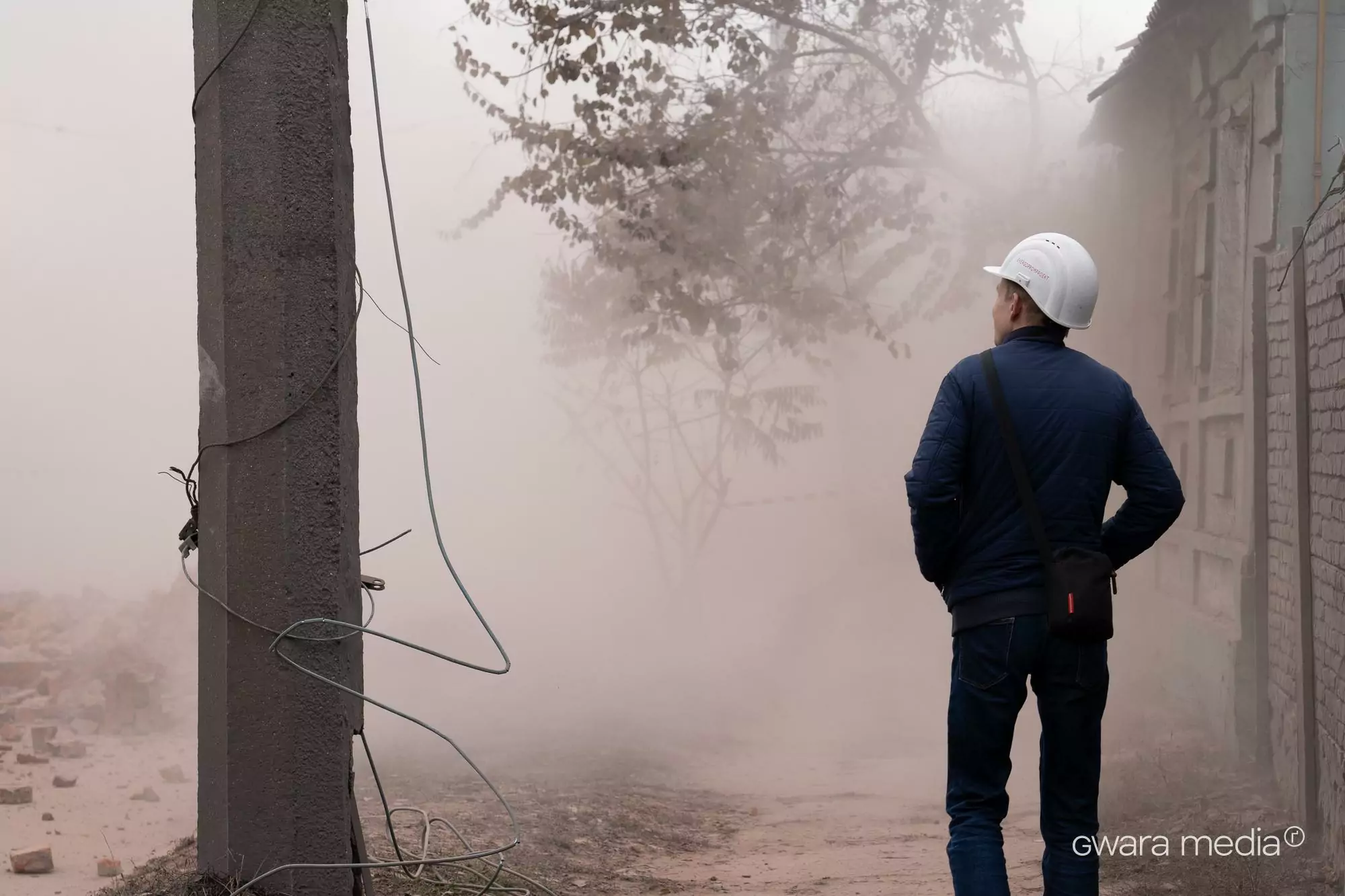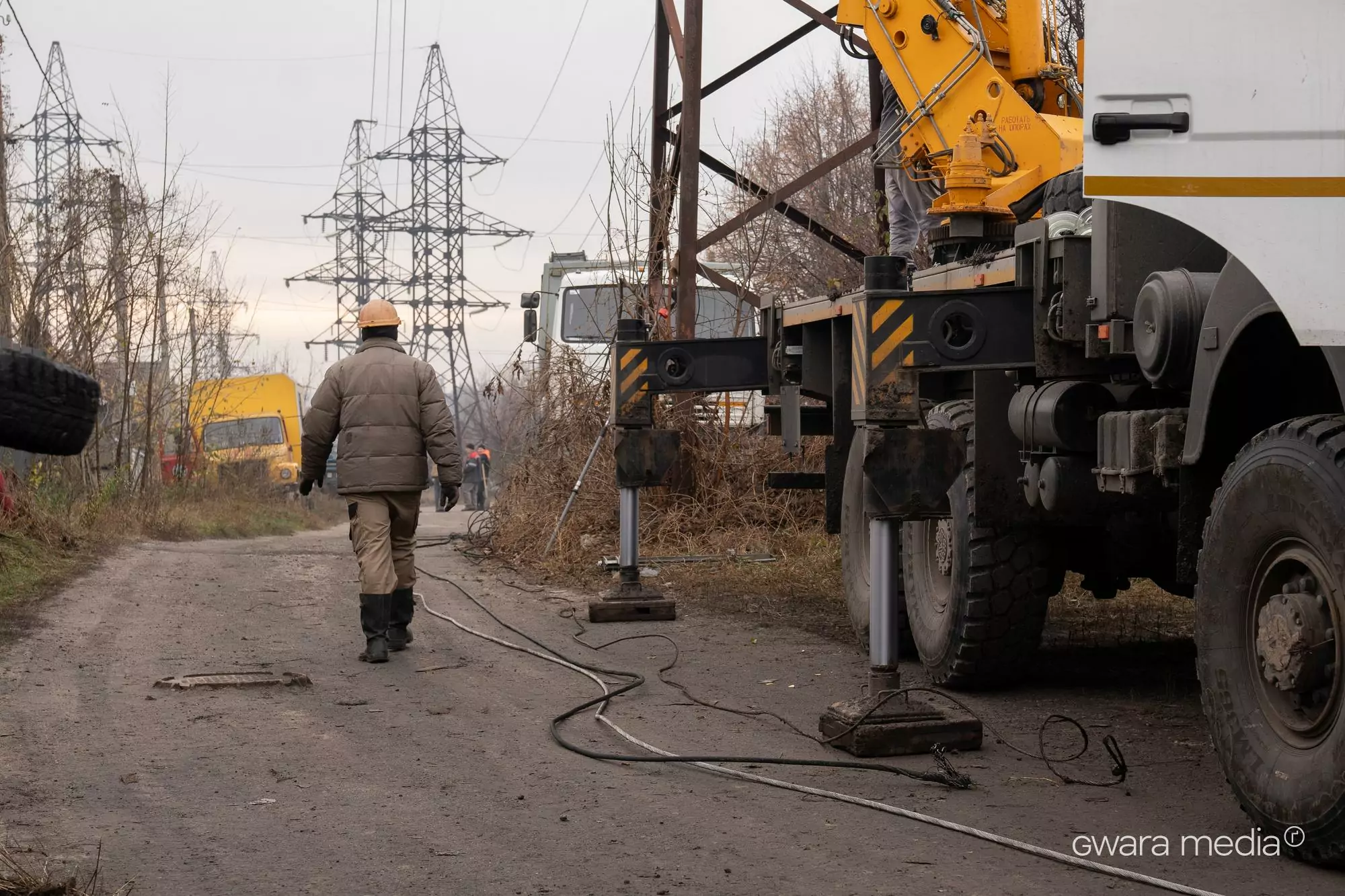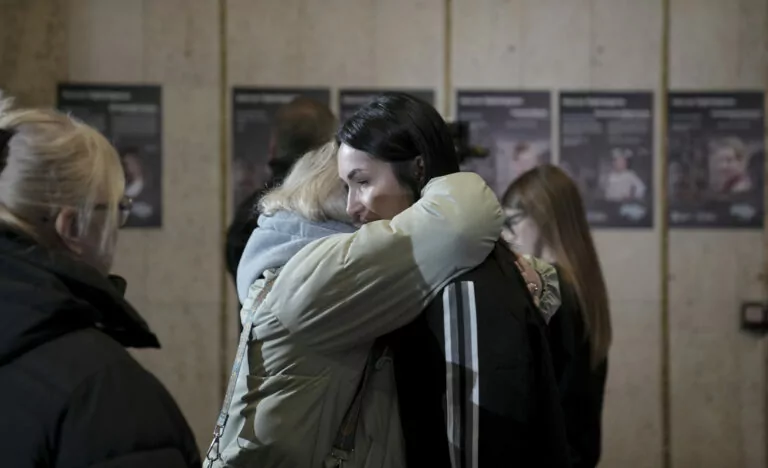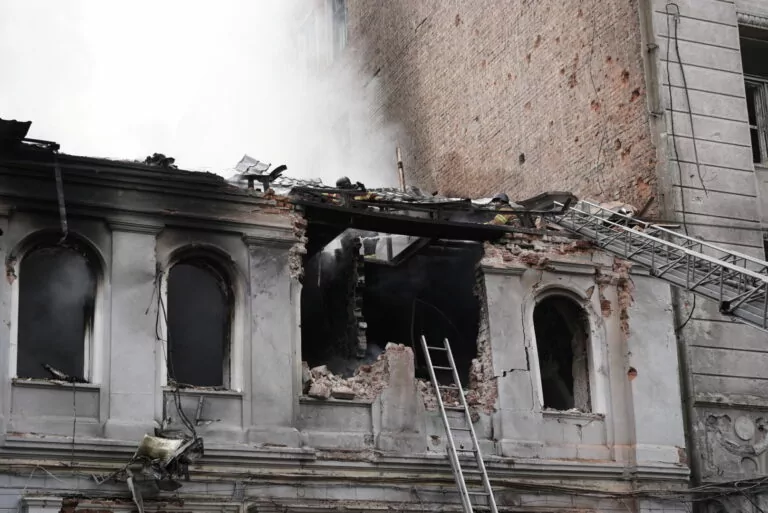During the night of November 3, between 00:00 and 01:00, Russia carried out a mass attack at Kharkiv. At least ten unmanned aerial vehicles (UAVs) hit the city’s civil infrastructure.
Osnovianskyi district
A Russian drone attack damaged a Kharkiv College of Transport Technologies. The second and third stories of the building are partially destroyed. Tram movement [in this district] is partially stopped. Engineer communications aren’t damaged, but while certain technical issues are being fixed, the electrical grid of the district is partially shut down as an emergency measure. Kharkiv mayor, Ihor Terehov, reported about this on his Telegram channel.
Another strike hit the car service and a dormitory where people who were internally displaced live. Also, civilian homes were damaged — utility workers will need to fix up the roofs near the sites of attacks.
Several people asked for help after the attack: they weren’t injured, but had a powerful stress response. Doctors are providing them with the necessary psychological support.
Tram conductor Natalia Romaniv, along with her brigade, cleans up the sites in the aftermath of Russian attacks in Kharkiv. Before the full-scale invasion, she worked in the Saltivka tram depot that was destroyed by a Russian missile. Natalia says that the Ukrainian military once called their brigade “Saltivka special forces,” and the name stuck.
“Our depot was bombed, and we became a brigade that is on the call [after Russian] strikes — to clean up the city. We’ll sort out the bricks when the utility services finish their work. We’ll clean it up here, and, possibly, our boys will concrete or fix up the road,” Natalia says.
Shevchenkivskyi district
The drone strike caused power outages in several houses in the Shevchenkisvskyi district. Utility services are working on the site of a strike.
Read more
- Russia prepares to attack Ukrainian critical infrastructure during winter
Gwara Media is the only local English reporting from Kharkiv and Kharkiv region – you can support us with a coffee.
